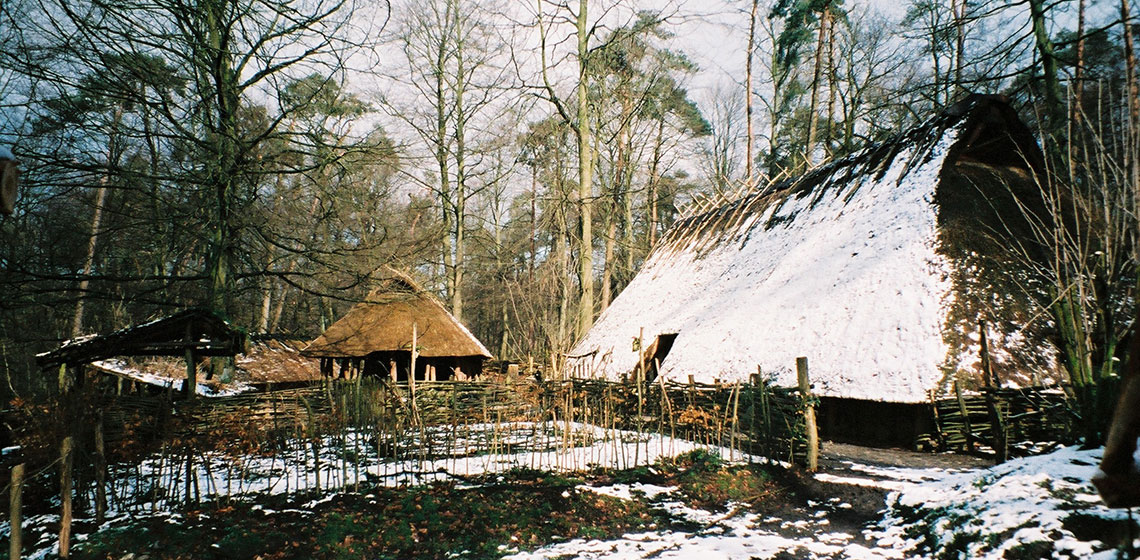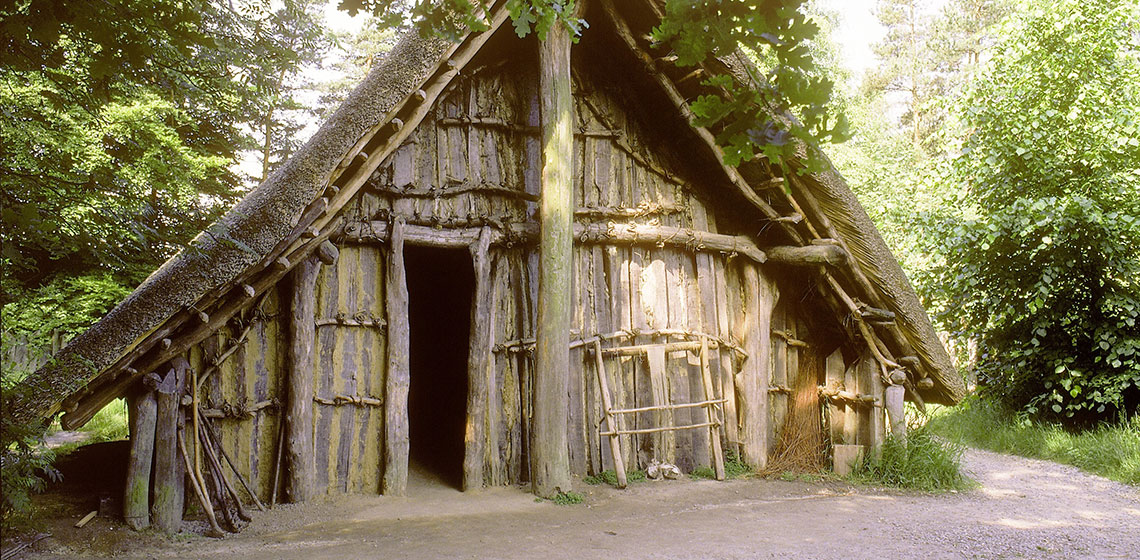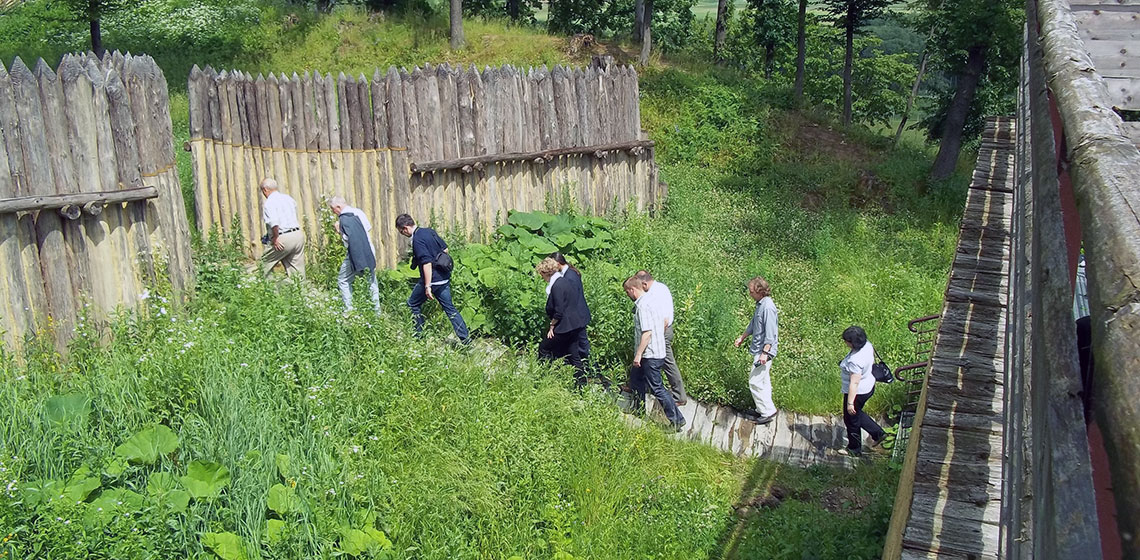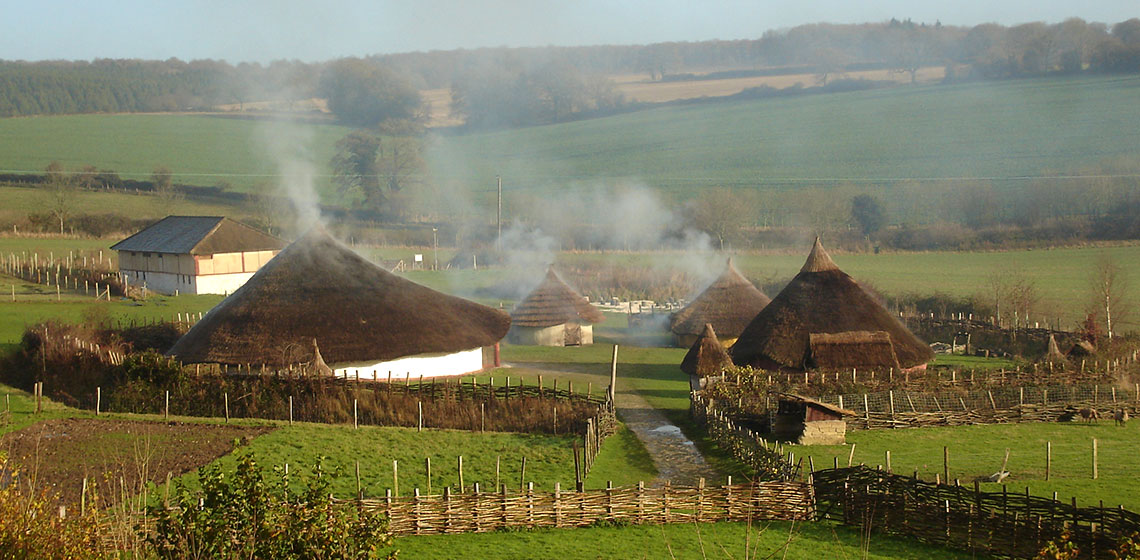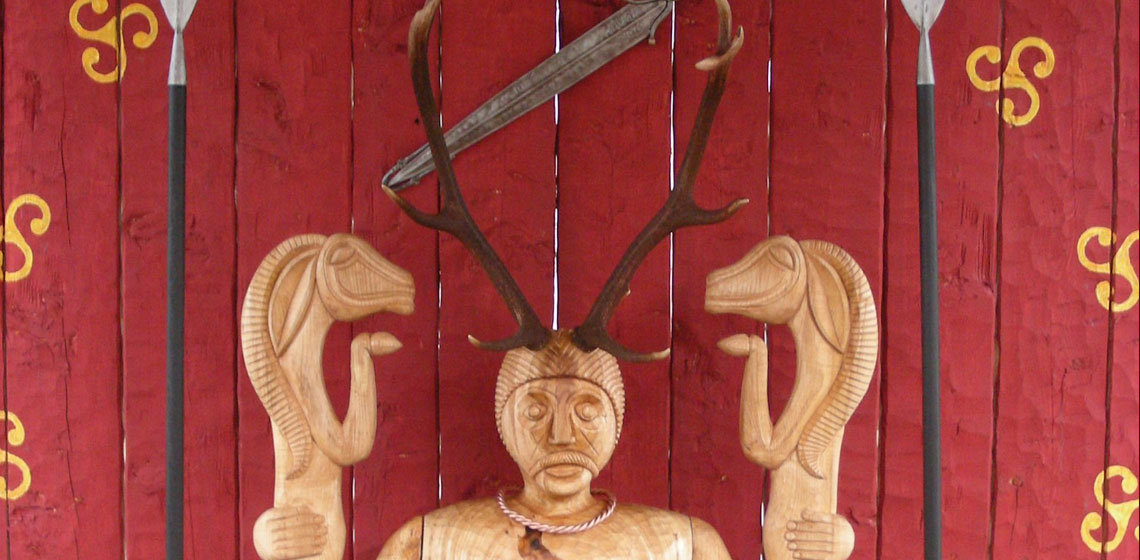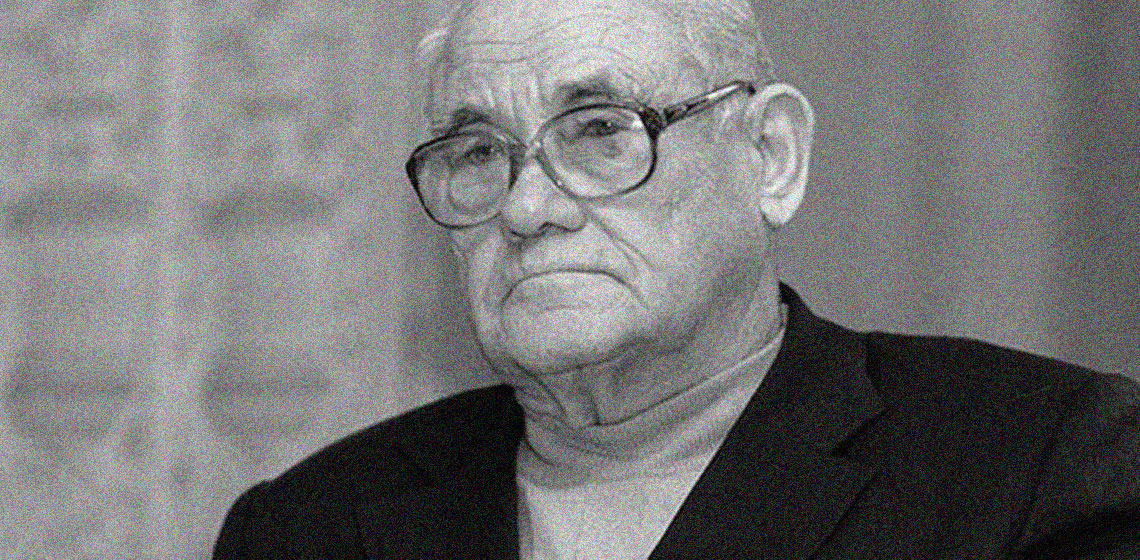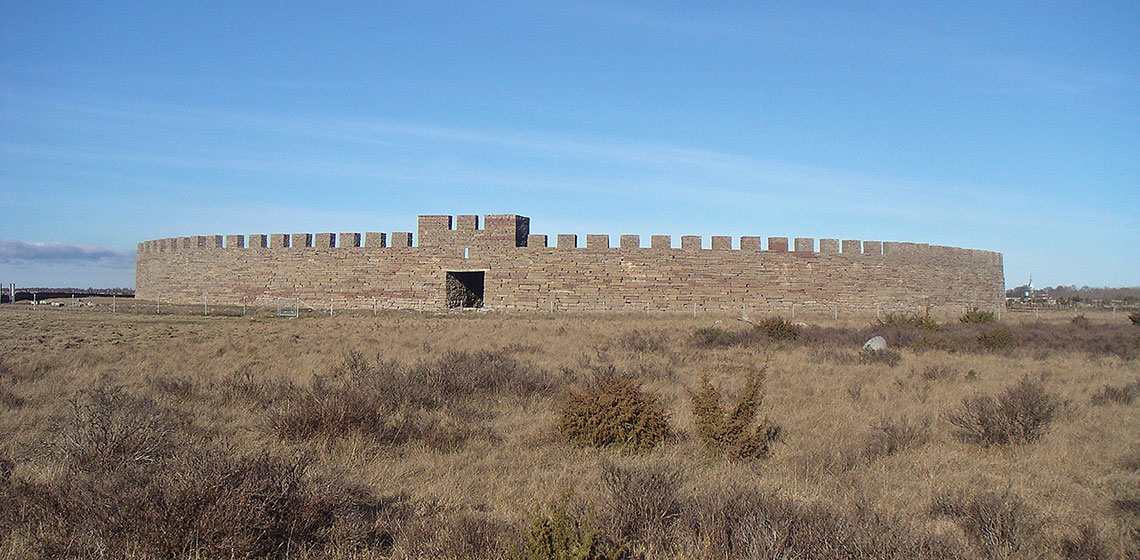archaeological open-air museum
Interview: Helmut ‘Hugo’ Windl
Archaeological Open-Air Museums in the Netherlands, a Bit of History
75 Years of History on Concrete Floors
In 2011 the archaeological open-air museum Oerlinghausen (member of EXARC) turned 75 years old, and with that it is one of the oldest archaeological open-air museums in the world. It is, at least, oldest Germanic open-air museum...
Conference Review: International Archaeological Conference, Trzcinica 2011
The International Conference on archaeological open-air museums and experimental archaeology: An Opportunity for the Promotion of the Tourist Industry, sponsored financially by the Norwegian Financial Mechanism, was held in the Carpathian Troy Open-Air Archaeological Museum in Trzcinica, Poland, on 9 – 10 June 2011...
Butser Ancient Farm
Nestled among the rolling hills of the South Downs National Park, Butser Ancient Farm in Chalton has been an archaeological research site since 1972. The farm was originally set up on Little Butser, a spur of Butser Hill. It was established with support from the Council for British Archaeology...
Roseldorf Rekonstruiert
This review concerns the article "Roseldorf rekonstruiert – Ein keltischen Heiligtums entsteht in Asparn an der Zaya" published in EuroREA 6/2009.
Left - a photo of the idol of Cernunnos placed inside the temple... But does he recognise his surroundings?
Obituary: Janis Apals (17 September 1930 - 21 February 2011)
With Jānis Apals, who died at the age of 80 after a short illness, the international world of experimental archaeology looses a valued friend and colleague. EXARC remembers Jānis Apals as an energetic archaeologist, standing strong for...
To Reconstruct a Sacrificial Site
The site
Eketorp fort on southern Öland is a prehistoric ring fort excavated between 1964 and 1974. The excavations showed that the first fort on this location was built in the fourth century AD (Eketorp I). About one hundred years later, it was torn down and then re-built on the same spot. The new fifth-century ring fort (Eketorp II) served as a fortified farmers’ settlement for about 250 years until it was abandoned in the late seventh century (Borg, Näsman, & Wegraeus 1976).
Interview: Sensing History with Hans-Ole Hansen
An interview with Hans-Ole Hansen, founding father of the Lejre Research Centre (DK), historical workshops and inspirer to many.
"In Lejre, we worked 30 years with education and experiment. There is always an exchange between education and research."...



